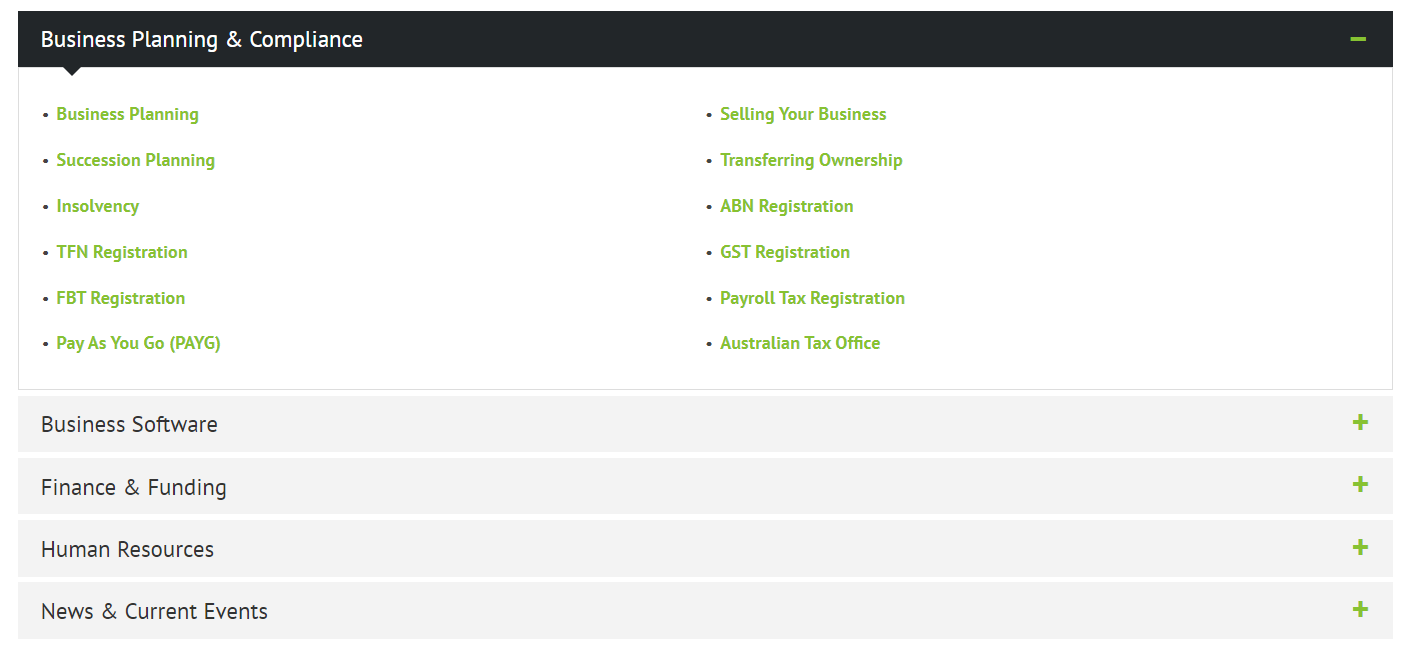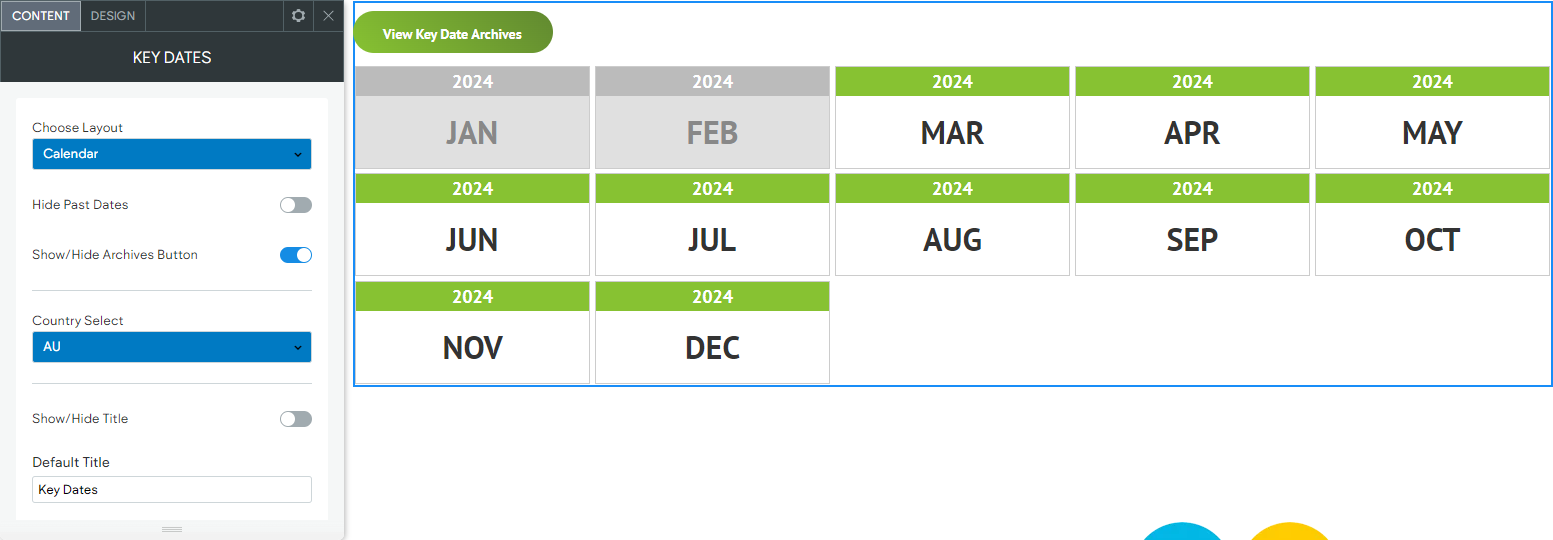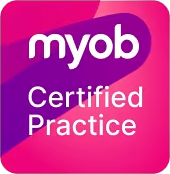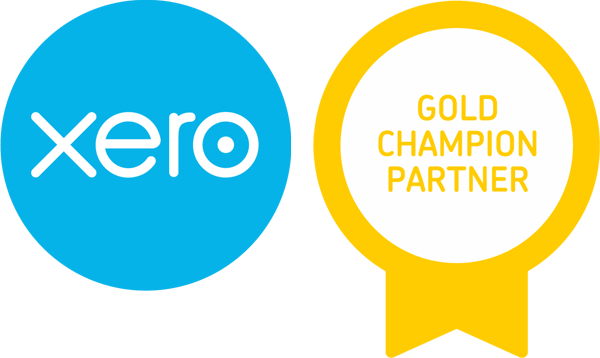How Digital Marketing can strengthen your SEO efforts
Digital marketing can be a powerful tool for strengthening your SEO efforts.
By using tactics such as social media marketing, email marketing, and content marketing, you can drive more traffic to your site and increase your site's relevance and visibility, helping search engines like Google to view your site as a valuable resource and rank it higher in search engine results pages (SERPs).
Digital marketing can include blog posts, videos, infographics, and other types of content that are relevant and valuable to your audience and optimized for SEO. Sharing that content on various social media platforms engages a wider audience and attracts users back to your website or contact information can help grow your customer base.
Blogs and Emarketing help to strengthen your reach to a wider target audience. We encourage you to post helpful well written articles to a blog or through an Emarketing platform, which can then be shared on social media or forwarded on. By publishing these articles directly to your website you are also helping to strengthen your website content, keeping the content fresh and improving Search Engine Optimisation (SEO).
Blogs
Designed to educate and spark interest and discussion across any given topic, blogs are a great means of relaying specific and targeted information to an audience in a personalised manner. Publishing regular blog posts to your website helps to engage your existing clients, enhance inbound traffic, attract new clients and improve Search Engine Optimisation for your website.
If you only have capacity to focus on one area of Digital Marketing – consider focusing on adding regular posts to your blog. Publishing blog posts means you are adding new content to your site containing key phrases (which will be indexed by google) – so not only can it be a critical tool for helping to improve your search engine rankings, but it is also easy to share across a variety of social media platforms.
Search engines will rank sites higher which have relevant content that is regularly updated and that have lots of inbound links from other sites. A great way to achieve this is to publish regular blog posts which you can link back to from social media platforms. This gives Google and other search engines new content to index and gives you opportunities to utilise key terms and phrases in relevant blog articles to improve your visibility on search engine results pages (SERPS).
Getting your post out there – Now that you have published your blog post to your website, it's important to promote your post to ensure you're getting traffic to your site. There are a number of ways you can go about promoting your blog including Newsletters to your clients and prospects, sharing via your own social media pages and providing readers with tools to easily share to their social media pages.
Emarketing
Sending a monthly or quarterly newsletter to your customers is a great way to promote upcoming events, showcase the services you have to offer or introduce tax and accounting related topics. Creating newsletters with engaging and relevant content can also help drive traffic to your website and improve your search engine optimization (SEO).
If you would like to send newsletters to your clients we recommend you create a Mailchimp* account so you can capture their details through the newsletter sign up form on your website. When creating your account, choose a plan that best suits your needs.
*If you use an alternate E-Marketing platform, it may still be possible to embed or link to a subscription form and/or archive newsletter list. Please contact us to discuss.
There are many dedicated emarketing platforms available, with a variety of features and price points. Some of the more popular platforms include:
MailChimp can be used for free, depending on your audience size and offers a subscription and archive widget that can easily be added to your CCH Web Manager website. Contact us if you would like to discuss this.
Social Media Marketing
There are many social media platforms to choose from in today's digital world. Each offering a variety of tools and approaches to support you in communicating with and widening your audience.
Social media platforms are a great method for further distributing content already published on your website, communicating about key services and offerings from your firm and providing an additional channel for attracting traffic to your website. Below we have covered a few of the key platforms to consider for your firm.
Google Business Profile
An effective Google Business Profile means that your business will show up on Google Maps, making it easier for potential customers to find you. With a Google Business Profile, customers can easily see your business’s location, hours of operation, and contact information from within Google Maps and on the Search Engine Results Page.
A Google Business Profile can also help you connect with your audience. By including photos, videos, and other types of content, you can give potential customers a better sense of your business. You can also use your Google Business Profile to respond to customer reviews and questions, demonstrating that you value customer feedback and are committed to providing an excellent customer experience.
Finally, having a Google Business Profile can also improve your search engine rankings. When you create a Google Business Profile, Google will display your business information in its search results, including your name, address, and phone number. This information is often used by Google to determine local search rankings, which means that having a Google Business Profile can help your business appear higher in search results for local queries. This increased visibility can lead to more website traffic and ultimately more customers.
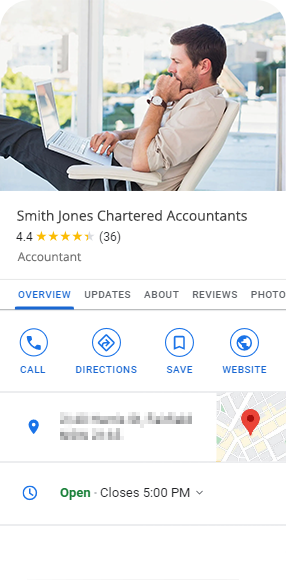
Facebook allows businesses to build relationships and have conversations with customers through posts, photos, videos and shared third-party content.
Facebooks potential audience reach is huge, making it a great way to engage with existing clients and reach new prospects. Use prominent images and videos to ensure your posts gain attention and that your page gets lots of likes, shares and comments – and most importantly traffic back to your website.
A great method for this is to provide a snippet of content from one of your blog posts. Enough to engage the reader, a leading question or statement to get them thinking – then a click through back to your website for the full article.
Find out more about creating a Facebook page for your business.
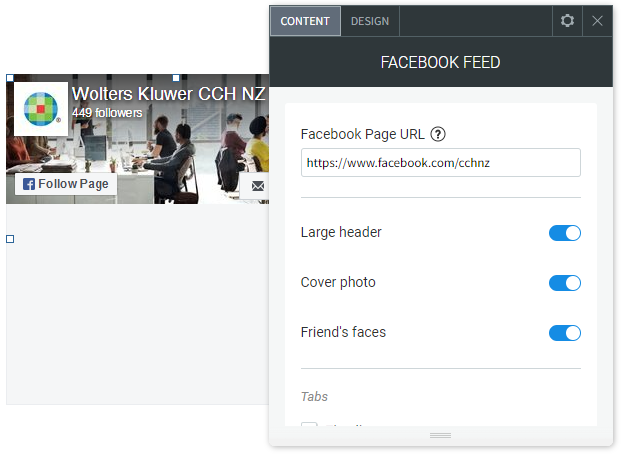
Embedding Facebook plugins to your website:
CCH Web Manager has a number of Facebook widgets that allow you to embed a button or feed on your website to make it easier for your clients to engage with your Facebook page and share your content with their own network – each with their own purpose or function.
- ‘Facebook Feed’ Widget - lets you embed and promote your Facebook Page on your website. Your visitors can see your latest post, as well as like and share posts from within your website. For more information on the Facebook Feed Widget and instructions on how to add it to your website, click here.
- 'Like Button' Widget - This widget allows users to ‘like’ your Facebook page from within your website. For more information on the Facebook Like Button Widget and instructions on how to add it to your website, click here.
- ‘Facebook comments’ - The Facebook Comments widget enables visitors to leave comments on your site using Facebook. Comments can promote interest and discussion on your site and give visitors insight into what other visitors think of your service. For more information on the Facebook Like Button Widget and instructions on how to add it to your website, click here.
- 'Share Button' Widget - similar to the like button, however this option allows the user to add a personalised message before sharing it to their Facebook timeline, group or individual friend.
For more information on the Share Button Widget and instructions on how to add it to your website,
click here.
LinkedIn is a large social network for business professionals that allows you to connect with other professionals and companies, for updates and business insights.
The great benefit of LinkedIn for companies lies in the ability to target market groups based on highly specific criteria including job title, company, company size and geographic location, making it perfect for B2B marketing.
Another great place to engage with clients and prospects and share your blog articles to a wider audience is LinkedIn – a social networking site designed for business communities.
Be present and memorable - Having a good, well branded company profile on LinkedIn can be an important part of your marketing strategy. The 'about' section of your LinkedIn business page is a great a place to tell a brief story about your firm and what you have to offer, create interest with a brief description and link back to your website for more detail – be professional but memorable.
Engage with Your Network - To get the most out of LinkedIn you need to engage the reader. Try using a leading question or statement to get them thinking – then use a call-to-action to lead them back to your website for the full article.
How to create a LinkedIn page for your business
To create a LinkedIn Page click here.
YouTube
As the world's second largest search engine, YouTube can be a useful tool to drive targeted traffic back to your website or other social media platforms.
Some tips for your YouTube content:
- Keep your video concise – keeping your video content short and to the point (up to 2 minutes) is optimal for keeping your audience's attention and encouraging them to complete a call to action – like clicking through to your website, contacting you about a new service offering, or signing up to your mailing list.
- Leave them wanting more – So, you have published a content page or blog post along the line of "Tax Time Tips" – during your YouTube video you can provide useful detail on 1 or 2 tips, and list out a short descriptor to give the audience a taste of another 3 or 4 – encouraging viewers to 'click the link below' to visit your website page for more useful "Tax Time Tips".
- Link back to your website – Ensure you have provided a call to action within your video and include a link for easy connectivity back to your site. YouTube is less competitive for key terms than Google, so this is a great opportunity to drive your Search Engine Optimisation strategy as Google ranks video content highly too.
- Embedding YouTube into your site – You can embed YouTube videos into your site in a couple of different ways. The
Video Widget lets you copy and paste the URL of a single YouTube video to display on your site. Alternatively, you can also upload a video using this widget.
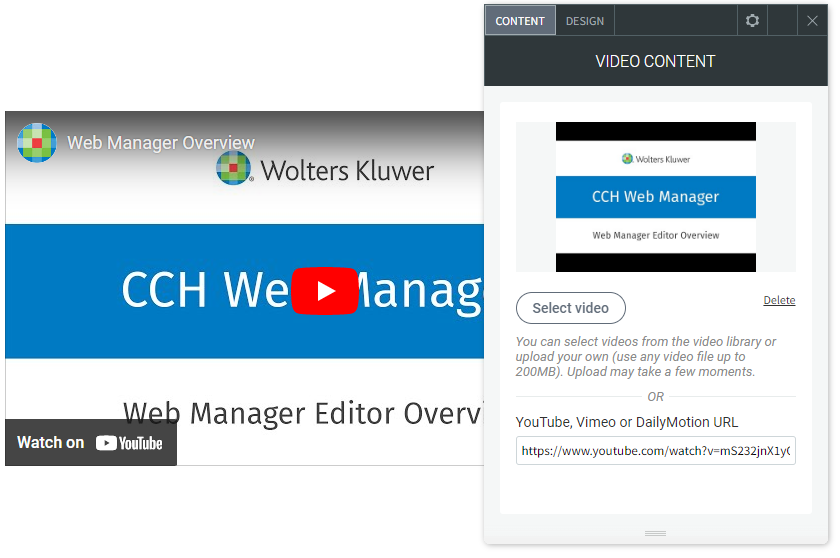
How to create a YouTube channel for your business
To sign in to YouTube, you'll need to create a Google Account. Follow these instructions to create a channel that only you can manage using your Google Account.

